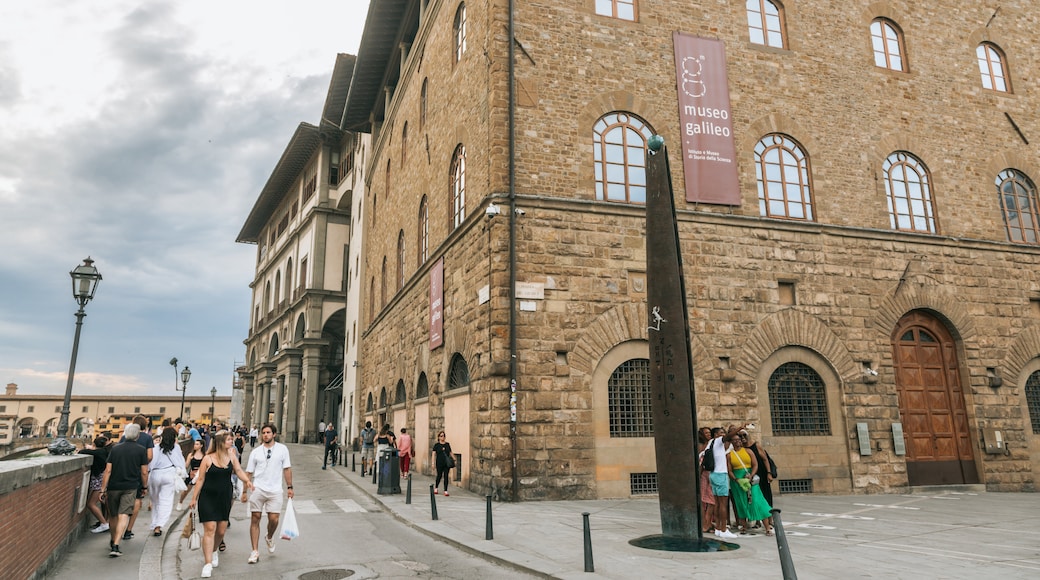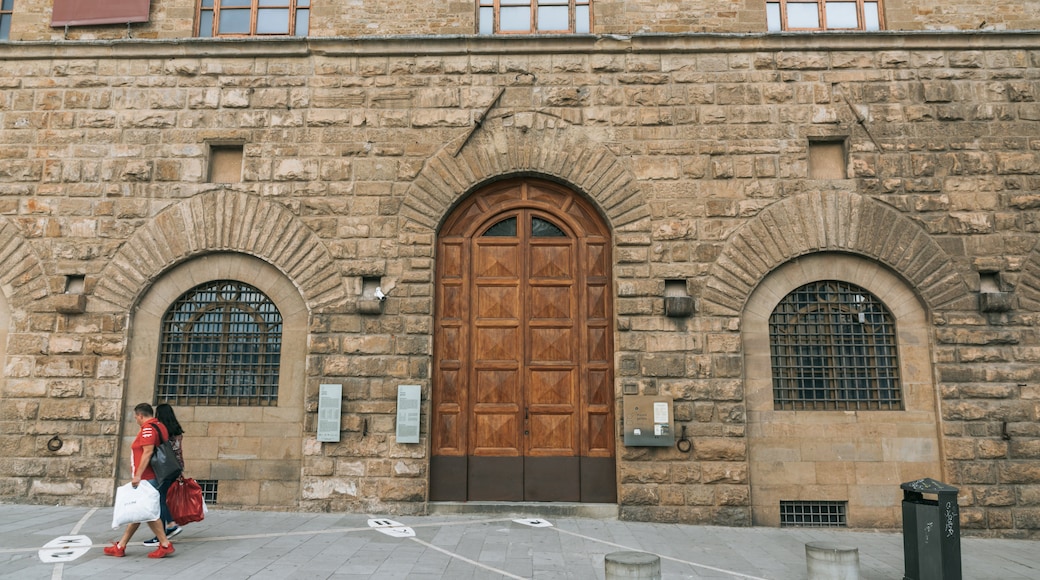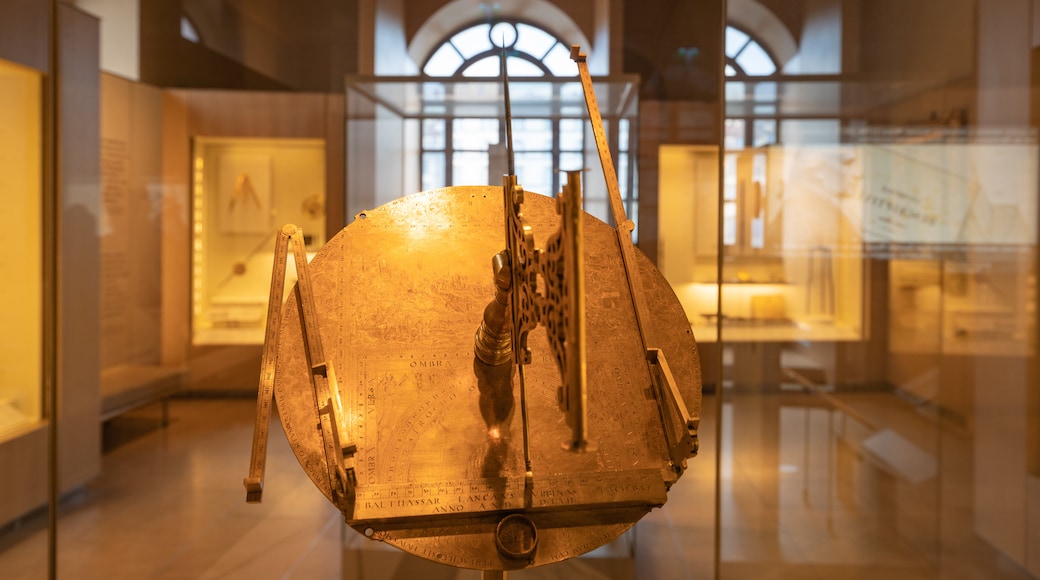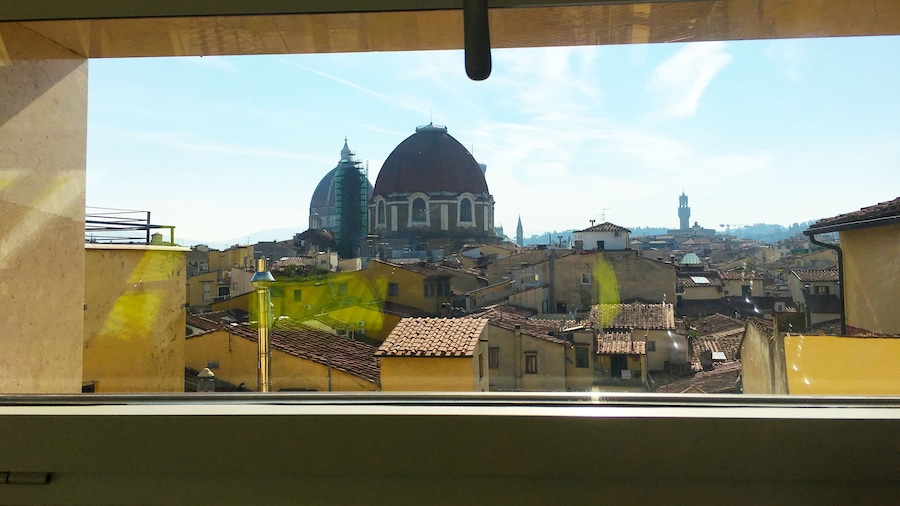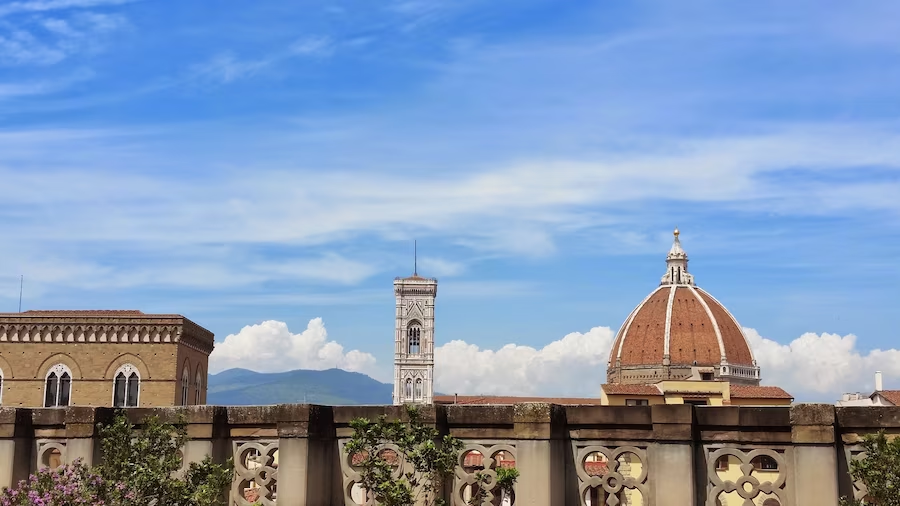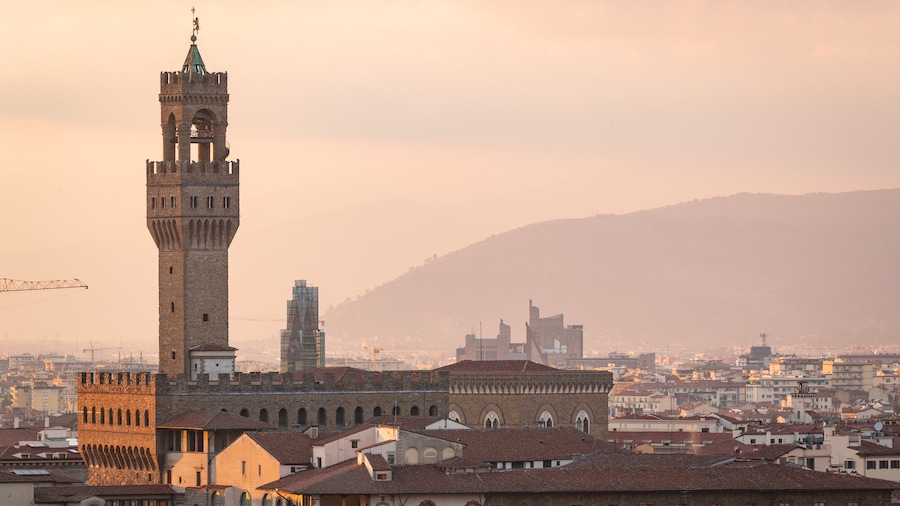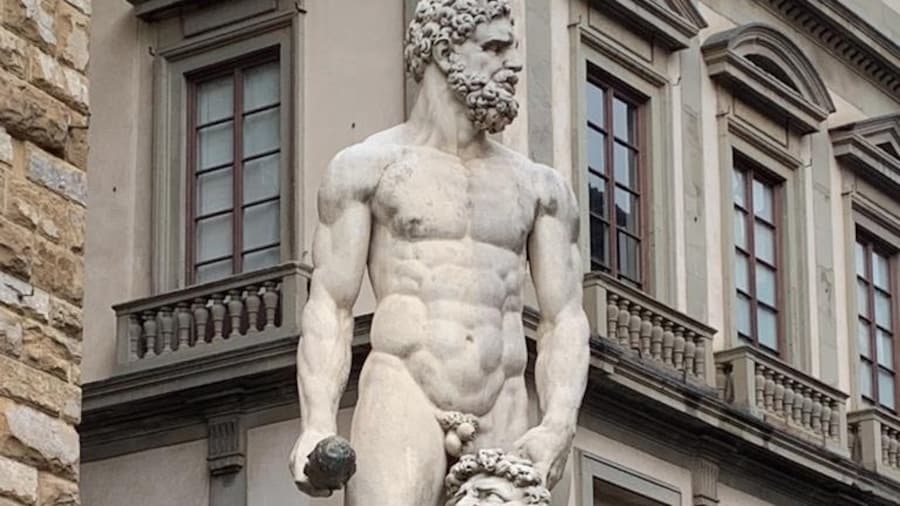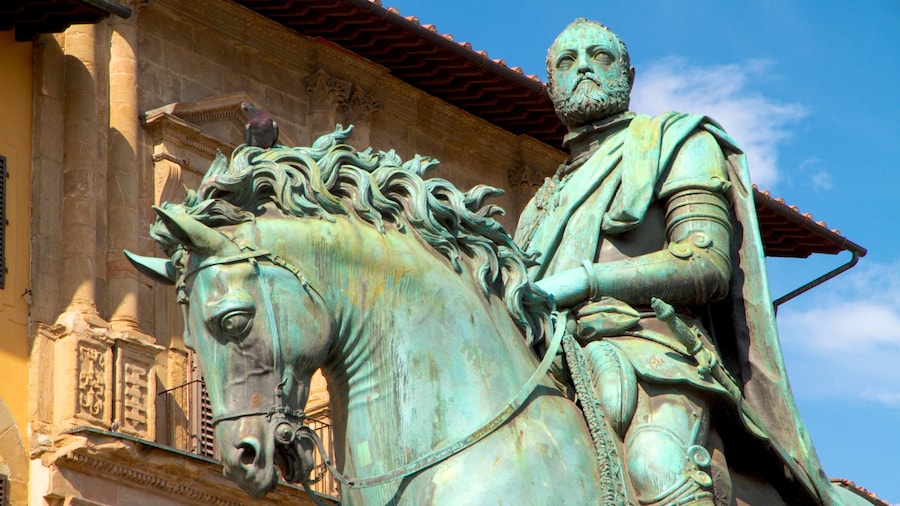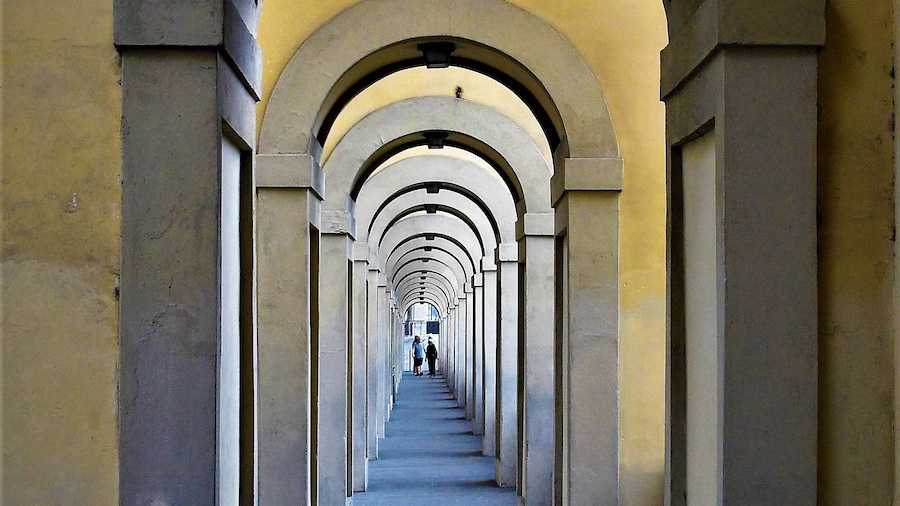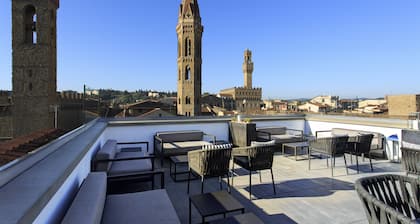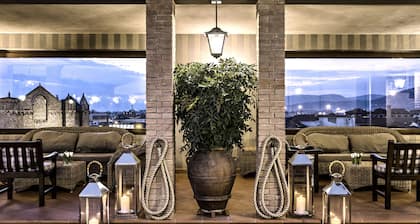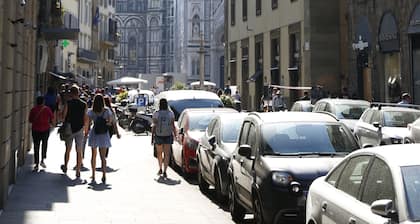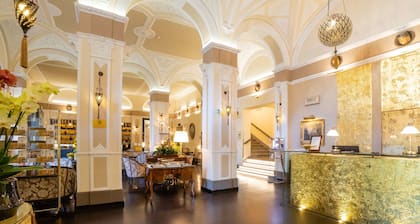A visit to the Galileo Museum presents a mesmerizing journey into the world of science and astronomy. Housed in an old palace, the Galileo Museum stores over 1,000 instruments collected by members of the noble House of Medici and House of Lorraine. Find them displayed alongside exhibits that celebrate the life and work of Galileo Galilei.
The rooms of the museum’s first floor house artifacts bequeathed by the Medici family, most notably the second Duke of Florence Cosimo I. See examples of astrolabe inclinometers, barometers, compasses and quadrants, among other objects. Marvel at globes, such as an armillary sphere created by cosmographer Antonio Santucci, and observe thermometers used by the Accademia del Cimento scientific society. There’s also the telescopes through which Galileo first viewed Jupiter in addition to two of his fingers.
Instruments belonging to the House of Lorraine dominate the upper floor exhibition and promote the importance of Tuscany to scientific developments. Highlights include a chemistry cabinet of Leopold II, Grand Duke of Tuscany and 40 obstetrical models. Take your time to study the chemical and pharmaceutical apparatus, mechanical clocks and sextant navigation tools.
Visit the interactive rooms to see mechanical clocks in working order, understand ancient cosmology concepts and recreate experiments conducted by Galileo. Temporary exhibits cover everything from the life of Leonardo da Vinci to the mysteries of Pompeii and viticulture in the Mediterranean. Don’t miss the chance to tell the time via the huge sundial located outside the museum entrance.
The museum stands adjacent to the Uffizi Gallery in the Historic Center of Florence. It’s a short walk from major city attractions such as Ponte Vecchio and Piazza del Duomo.
The Galileo Museum is open daily, except for Christmas Day and New Year’s Day, and there’s an admission fee. Guided tours are available for a fee and upon prior request. Visit the museum’s official website for more information.

